According to the explanatory document on CO2 regulations recently issued by the EU, trucks, city buses and long-distance buses in the EU only account for 2% of the total number of vehicles, yet they account for over 6% of the total greenhouse gas (GHG) emissions and over 25% of the road transport GHG emissions in the EU.
This shows that with the increasing demand for road transport, the share of carbon emissions from EU heavy-duty commercial vehicles (CVs) in road transport is expected to continuously rise in the future.
I. Carbon Reduction Pressure on Heavy-duty CVs Falls on EU.
Increased freight activity is expected to put decarbonisation efforts in Europe at risk by 2050, placing greater pressure on EU to reduce carbon emissions from heavy-duty CVs.
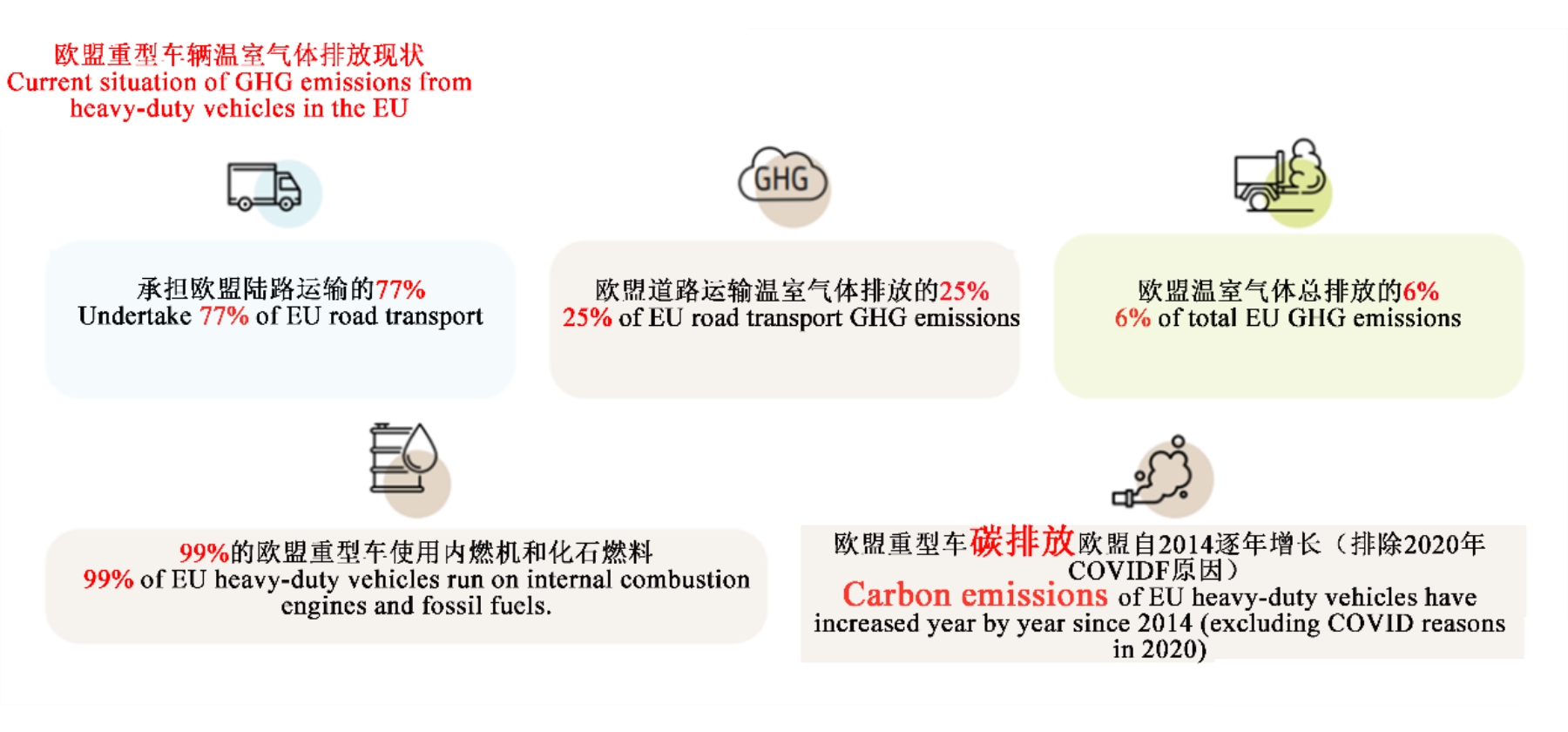
II. EU Truck and Bus CO2 Emission Regulations Continue to be Tightened.
The European Commission announced the proposal for CO2 standards for trucks and buses in 2023 to accelerate the reduction of carbon emissions in road freight and urban passenger transport, while achieving climate neutrality by 2050 alongside the "Fit for 55" incentive package.
An ambitious CO2 emission reduction goal is set in the proposal, with the European Commission proposing to reduce carbon emissions by 90% for heavy-duty trucks by 2040 compared to the benchmark and achieve zero emission for all new city buses by 2030 in order to break the current impasse and accelerate the transition to zero emission.
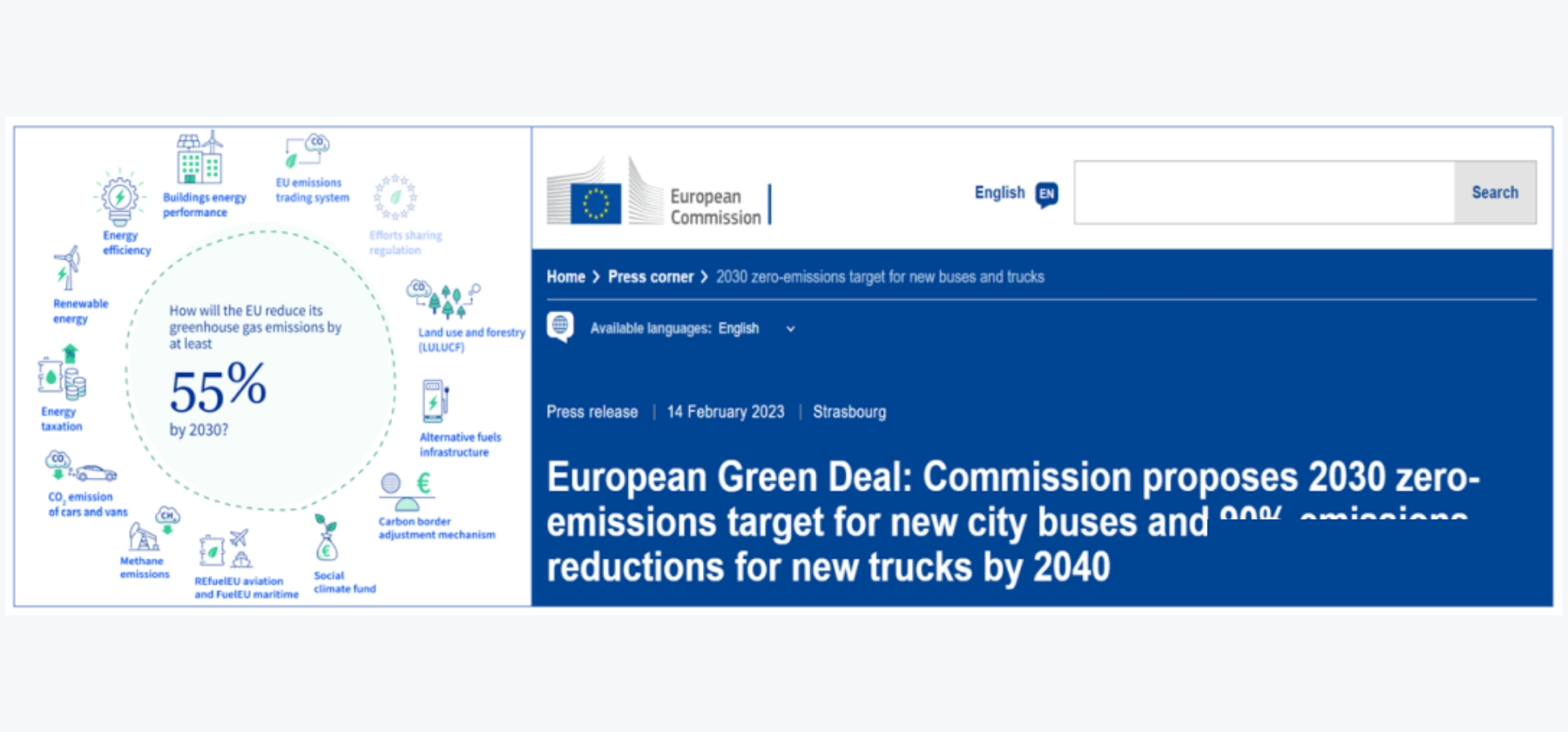
The proposal requires trucks, buses and trailers to be divided into groups, and each group will have its own CO2 emission reduction goal. Overall, the goal is 45% by 2030 (currently 30%), 65% by 2035 and 90% by 2040.
For trucks and buses, the goal is slightly lower at 43% by 2030, 64% by 2035 and still 90% by 2040. The goal of 100% was considered in the impact assessment, but failed to enter the final regulation.
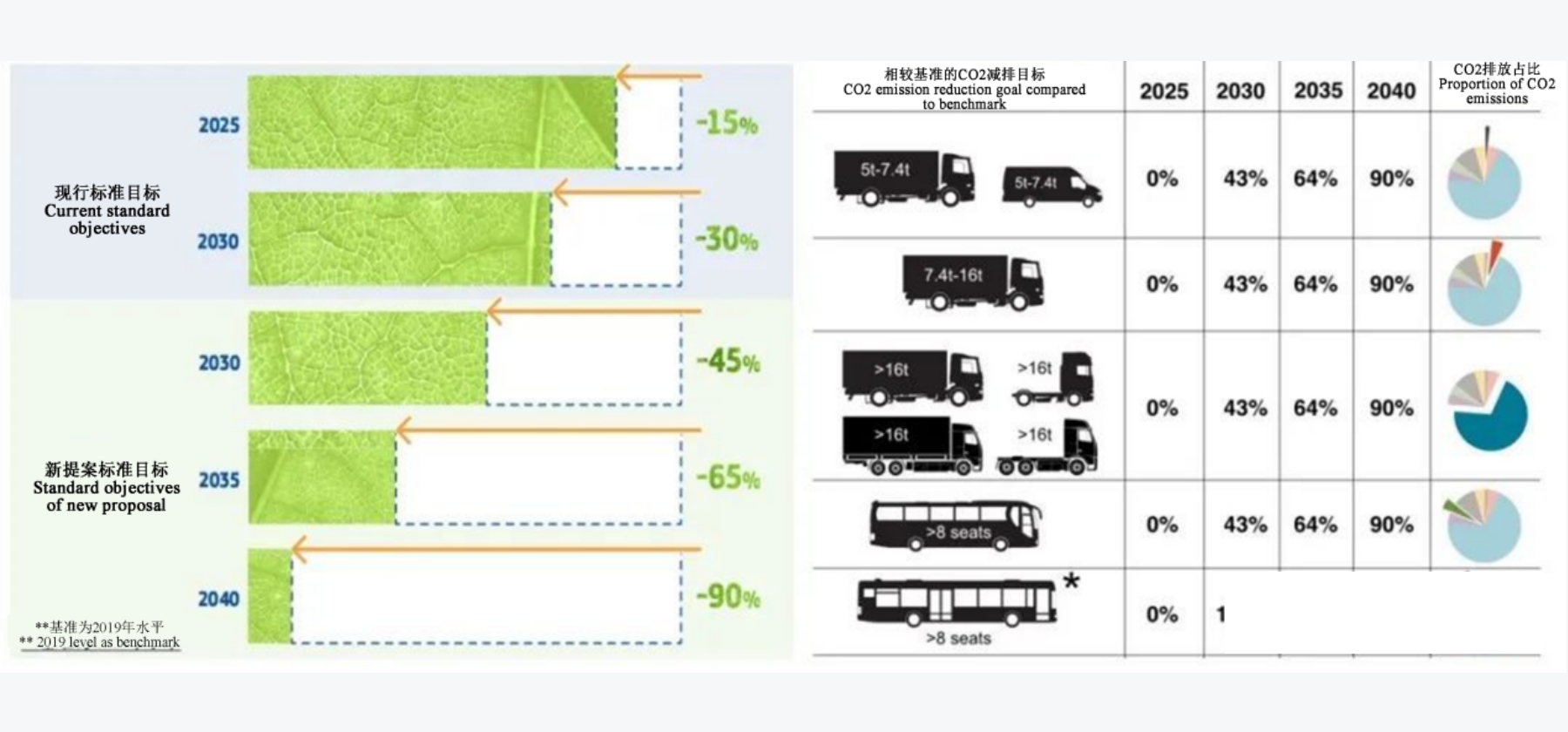
Both Scania and Daimler Trucks have pledged to exceed the goal of 90% and sell only zero-emission vehicles after 2040. The two manufacturers together account for about one-third of all truck and city bus sales.
In addition, ten member countries have signed a memorandum of understanding committing to a full transition to zero-emission trucks and city buses by 2040. The zero-emission sales goal for city buses in 2030 is 100%, and the CO2 emission reduction goal for buses is the same as that for trucks, which means they can be achieved through electrification or efficiency improvements.
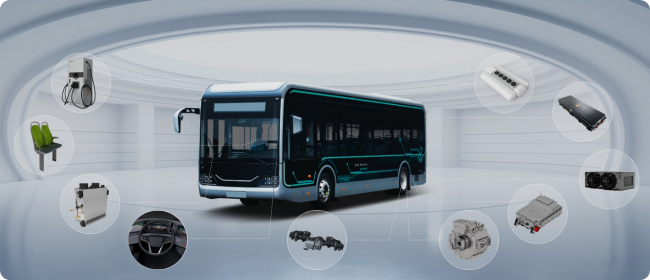
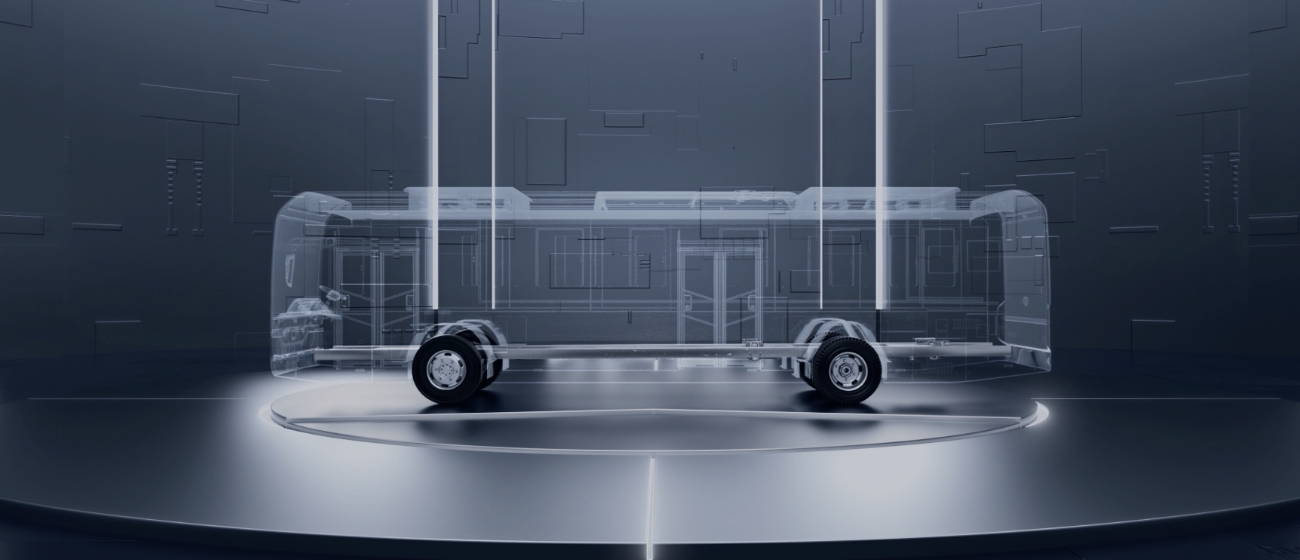
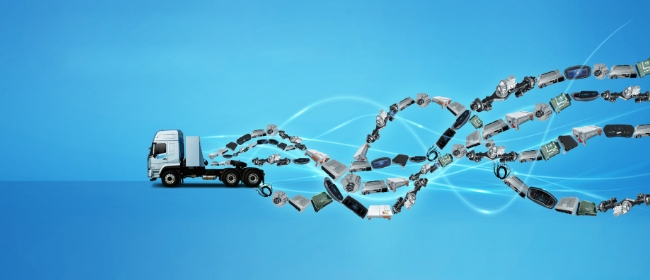



 English
English French
French Spanish
Spanish Russian
Russian
